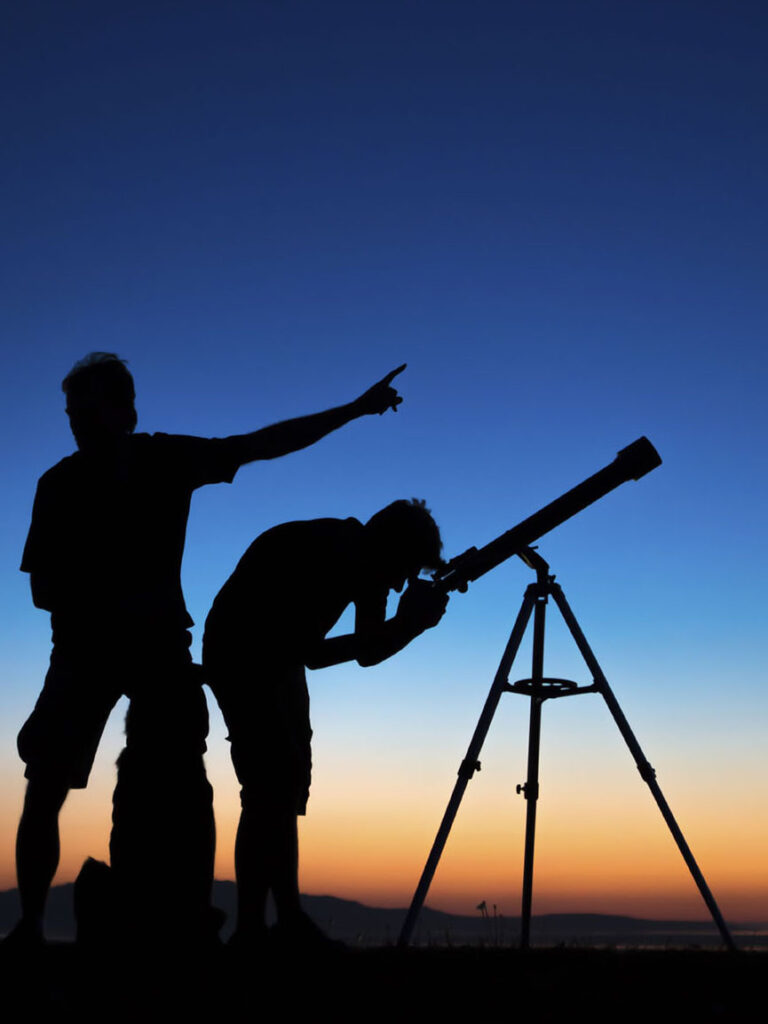
The project
Good Practices for Teaching Astronomy at Educational level
Science, Technology, Engineering and Mathematics (STEM) play an important role in contemporary society and are vital to build the sustainable society of the future. However, STEM curricula do not seem very attractive to many students and increasing the level of achievement and interest in STEM is a priority in the context of the European Erasmus+ programme. In this project, we propose to use Astronomy as a possible entry point for Science education and as such consider Astronomy as a ‘gateway’ science to other STEM fields.
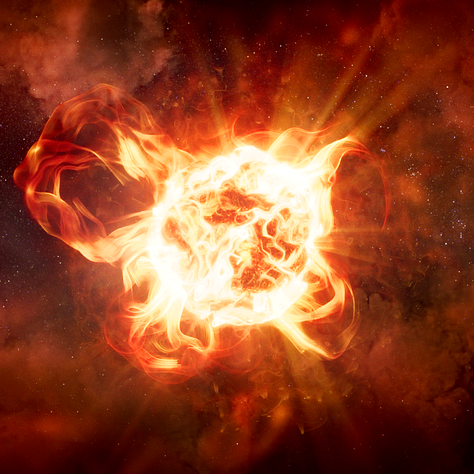
Priorities and Topics
The project aims at offering teachers and pupils in schools valuable instruments to better understand fundamental concepts in science through Astronomy and Planetariums.
Planetariums offer a framework that increases pupils’ motivation in studying science, both with cognitive domain and affective domain. The pupils often appreciate the opportunity they get in planetarium to “move closer” distant objects, to simulate great spaces, to speed up time.
Space and Time are key and cross competences in STEM disciplines and basic skills for pupils. Pupils face time and space concepts since the very beginning of their upper secondary itinerary, and they’re often left alone in the key task of building mental models, that will be present throughout their educational lives. Spatial thinking and time thinking are cross discipline skills crucial to many topics.
Context and objectives
The project wants to focus on the concept of space scales and time. While both are historically and philosophically seen as fundamental concepts, typically introduced in the Physics class as such, the true nature of the Universe with the vast range of spatial scales remains elusive to many students. Moreover, the concept of time and its relation to the apparent motion of celestial bodies remain difficult to grasp.
The fragmented educational strategy of astronomical concepts often allows that a number of students build-up misconceptions related to the true nature of the different spatial scales. Moreover, many students miss the link between time and its astronomical foundation. The quest for good approaches to space and time concepts, and the position and history of planet Earth in this vast Universe, is the focus of this project.
The project activities will focus on the roles of scientific visualization of space scales, relative positions, apparent motion, time measuring, in order to have STEM qualified students.
The proposal is therefore a european wide project related to a good understanding of the spatial scales of the different building blocks of the Universe as well as on concept of time.
Role of Planetariums
Specifically Planetariums are involved in the project because they have a long history in supporting the Astronomy interest both for the public at large but also in supporting the educational curriculum of children and students. The displays in full dome projections not only aim at increasing the interest but also at increasing the Astronomy and science literacy of the visitors. Planetariums offer very specific and immersive display of circular (apparent) motion, and unique opportunities to speed up and slow down celestial rotation as well as the possibility to change the position of the observer, and other interesting features. As such, Planetariums offer also valuable and even unique possibilities to illustrate the true nature of relevant spatial scales and illustrate how time is connected to the celestial motions, which are the specific topic choices of this project.
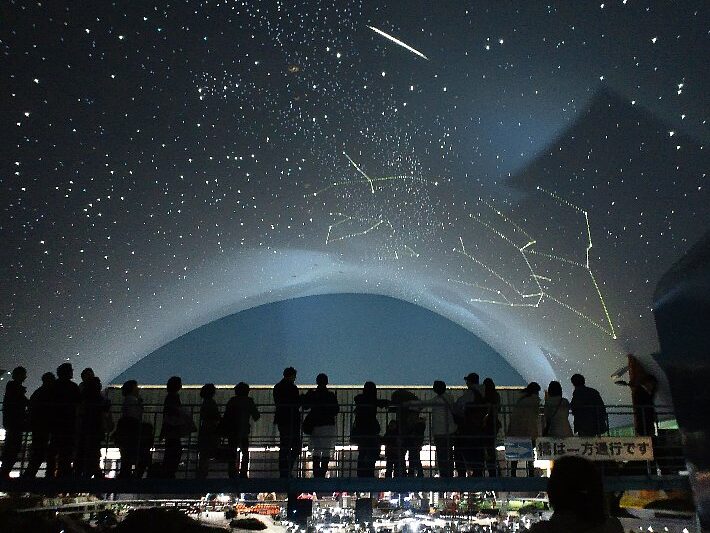
Goals
- Isolate and analyze the most common students’ difficulties and misconceptions related to spatial scales of the different building blocks of the universe as well as to the relation between time and celestial motion
- Study solutions which help the students to get a deeper understanding of these concepts. On the basis of our findings we will develop activities for teachers as well as for pupils which can be offered in Planetariums or at school, with guidelines, tools and specific learning materials and devices
- Test the activities in schools, for both teachers and pupils, to investigate their effectiveness in stimulating a deeper understanding. We see this as an iterative process in which the focus will be on fine-tuning the tools, actions and instruments, to tailor them for the common needs of schools, Planetariums and students and to increase their effectiveness
- Producing the final versions, once tested, present them to a broad audience, disseminate the results both in scientific journals and in the European Planetariums and schools scene via our network.
The target groups to be addressed are pupils all over Europe in their upper secondary ages.
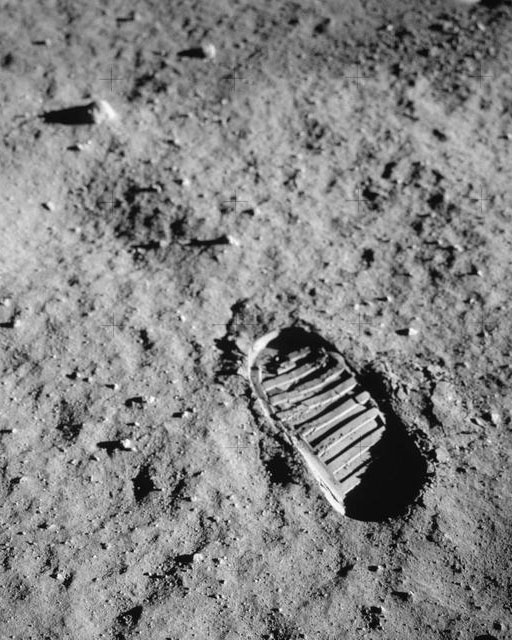
Expected results
- Collecting teachers’ needs and pupils’ main problems usually met when facing and dealing with the concepts of Space and Time in Science: problems in understanding and misconceptions are expected to have a fair influence in school disciplines such as Geometry (Space) and Physics (Space and Time)
- Measuring pupils’ skills and abilities on Space and Time, designing and handing out IN-TESTS to schools to be taken before the project Outputs are available, to take a snapshot of the existing situation and context for Space and Time concepts comprehension.
- Designing activities and tools to be produced as Intellectual Output
- Testing the strategies, activities, devices and tools produced and offered by the Planetariums and Science Centers
- Measuring pupils’ skills and abilities on Space and Time designing and handing out OUT-TESTS after the project Outputs have been presented and used with a number of schools and pupils, to take a snapshot of the situation and context on the Space and Time concepts comprehension after the activities have been offered to pupils.
Schools are expected to give a first meaningful feedback on the tools and the Intellectual Output of the project, highlighting their positive aspects and pointless parts, after using them in a typical Enquiry Based Learning educational scenario.
Planetariums and Science centers are expected to strictly focus on pupils’ learning process during their activities aimed to design and produce the desired outcomes.
After the first feedback school teachers and Planetariums/Science Centers staff are expected to be active part in disseminating and spreading the Intellectual Outputs tools and activities to a number of schools, getting a second informal feedback from a greatest number of teachers and pupils.
On project completion Schools and Science Centers are expected to act as local and Europewide distributors for contents, activities and tools, organizing events for teachers to present the outcomes as science activities ready to be used in schools and Planetariums. A strong cooperation between Schools and Planetariums/Science Centers is expected at the end of the process to spread the Output to be used as a good and standard approach to the concepts of Space and Time. The school-planetarium partnership developed during the project should foster many other similar partnerships.
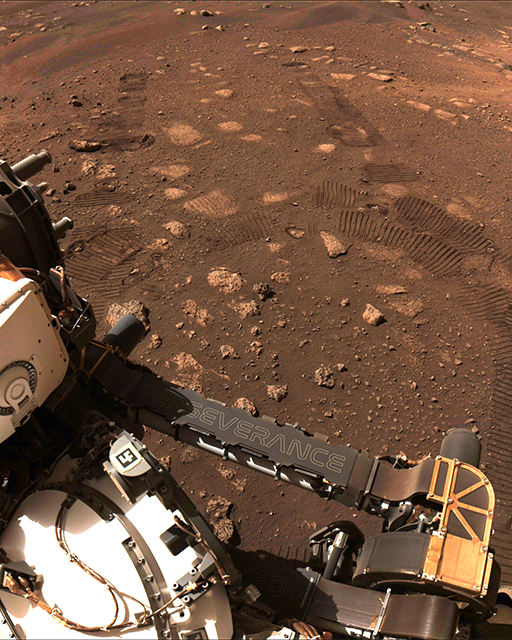
Innovation
The innovative approaches in this project lie in these different points:
- the association between schools and Planetariums, and their works in couples to put Astronomy in the science education line
- by coupling Planetarium with every-Schools, we give the Planetarium its natural role of supporting scientific education and science literacy. The presence of subjects in Astronomy Education Research, provides the expertise needed in developing research-based learning materials
- the attempt at preparing, through Astronomy, a common European path for the approaches with which quantities and concepts are introduced at school
- the project starting point of detecting and collecting schools’ needs and suggestions to design activities and tools in order to offer a good practice to teach space-related and time related issues
- using the Planetariums characteristics to address pupils and learner’s cognitive domain as well as affective domain, to improve and increase their abilities on space and time scales and perspectives
- a team work between research, education and divulgation specialists
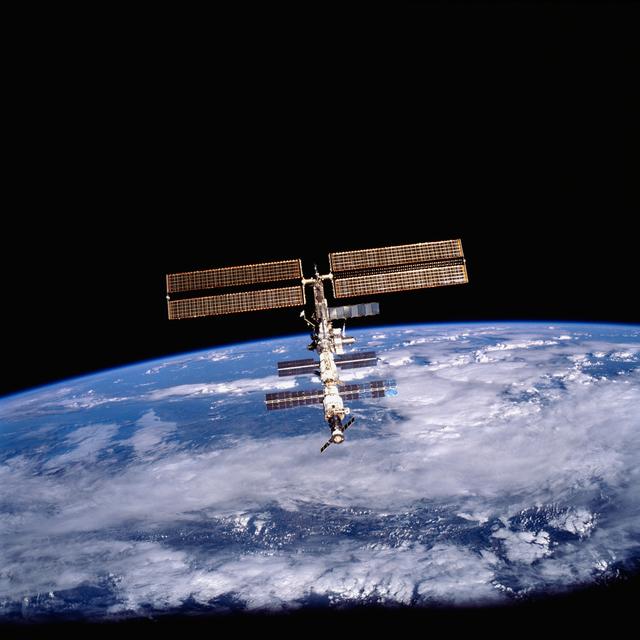
Complementarity
Usually schools teach disciplines syllabi with some interdisciplinarity and Planetariums offer shows and lectures on Solar Systems objects and cosmic celestial objects. This approach offers Planetariums the opportunity to take a place in the studies and syllabuses of schools and to team up in order to widen their offer, while the schools have the invaluable chance of expressing their needs and requirements to get tools, strategies and approaches to scientific key concepts tailored to their requests.
Complementarity lies in the cooperation between schools and planetariums, which will try to fill an educational gap in science, which many pupils won’t ever remove during their life.



Partners
Lorem ipsum dolor sit amet, consectetur adipiscing elit, sed do eiusmod tempor incididunt ut labore et dolore magna aliqua.
Didactic Materials
This section contain all the available data, the project activities description, videos, activities, guides and presentation available for download.